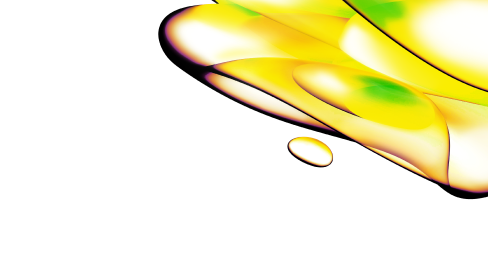Resource Center
Explore Resource Types
Focused Solutions

バイオロジクス
モノクローナル抗体、リコンビナント・タンパク質、ワクチン、標的を絞った次世代細胞・遺伝子治療など、治療アプローチを強化するために設計された高精度バイオロジクスツールで進歩を遂げましょう。

細胞・遺伝子治療
近年の細胞・遺伝子治療の成功は、次世代の先端治療薬への道を開きました。課題は残るものの、細胞・遺伝子治療研究は、CAR-T、CRISPR、ベクターなどの新しい治療法の開発・提供方法において、変革的な変化を遂げつつあります。

Cell Counting and Image Cytometry
Revvity offers a leading portfolio of automated cell counters, image cytometry systems, and cell counting reagents and consumables.

Diabetes and Metabolic Disease Reagents
Metabolic diseases and disorders disrupt normal metabolism.

Functional Genomic Screening Services
Identify and characterize drug discovery targets with functional genomic screening services. Offering CRISPR knockout, CRISPR activation, CRISPR inhibition, dual screening and RNAi technologies

Functional Testing
No two cancers are the same —from their genetic makeup to their microenvironment —so the treatment needs to match the uniqueness.

In Vivo Imaging Instruments
Whether you’re trying to understand biology pathways, monitor disease progression, or evaluate drug candidates earlier in drug development, our wide portfolio of preclinical imaging systems are designed to meet your research needs.

統合ラボオートメーション
統合されたラボの自動化によりワークフロー全体またはその一部を自動化することで、ラボのワークフローの効率が良くなり、生産性が向上し、手動での作業時間が短縮され、標準化が促進されます。

Physiological Model Solutions
Drug discovery endeavors require a deep understanding of biological systems and their response to potential therapeutics.

プレシジョン・メディシン・リサーチ
数え切れないほどの病気、特に癌は、その性質が非常に不均一であるため、これらの病気を効果的に治療したり闘ったりするためには、1つの薬物ですべてをまかなうというアプローチは現実的ではありません。

低分子創薬
数十年にわたる顧客との強い信頼関係を原動力とする創薬の経験により、Revvityは創薬ワークフローのすべての部分に対応する完全なソリューションのための創薬ツールの優れた製品ポートフォリオを開発しました。


All Resources
Filters
13 - 24 of 38 Results
The role of in vivo imaging in drug discovery and development
Evaluating a novel nanoparticle platform for controlled liraglutide release in a Type II diabetes mouse model
Using IVIS optical imaging of CRISPR/Cas9 engineered adipose tissue to study obesity prevention
Temporal tracking of an effective intervention in rodent liver fibrosis
Automated ultrasound for non-invasive in vivo evaluation of liver disease progression in mice
Ultrasound imaging provides noninvasive 3D views into vascular changes in response to cancer therapy
Improving engineered T cell efficacy for treating solid tumors through epigenetic modulation
Exploring mechanisms behind alphavirus-induced post-encephalitic parkinsonism
Utility of engineered human Neural Stem Cells (NSCs) expressing varying exon 1 HTT fragments to study Huntington’s disease
A lung tropic AAV vector improves survival in a mouse model of surfactant B deficiency
Establishing an automated high-throughput assay that supports the growth of prostate cancer organoids
Next-generation antimalarials: new hope on the horizon


Looking for technical documents?
Find the technical documents you need, ASAP, in our easy-to-search library.
































